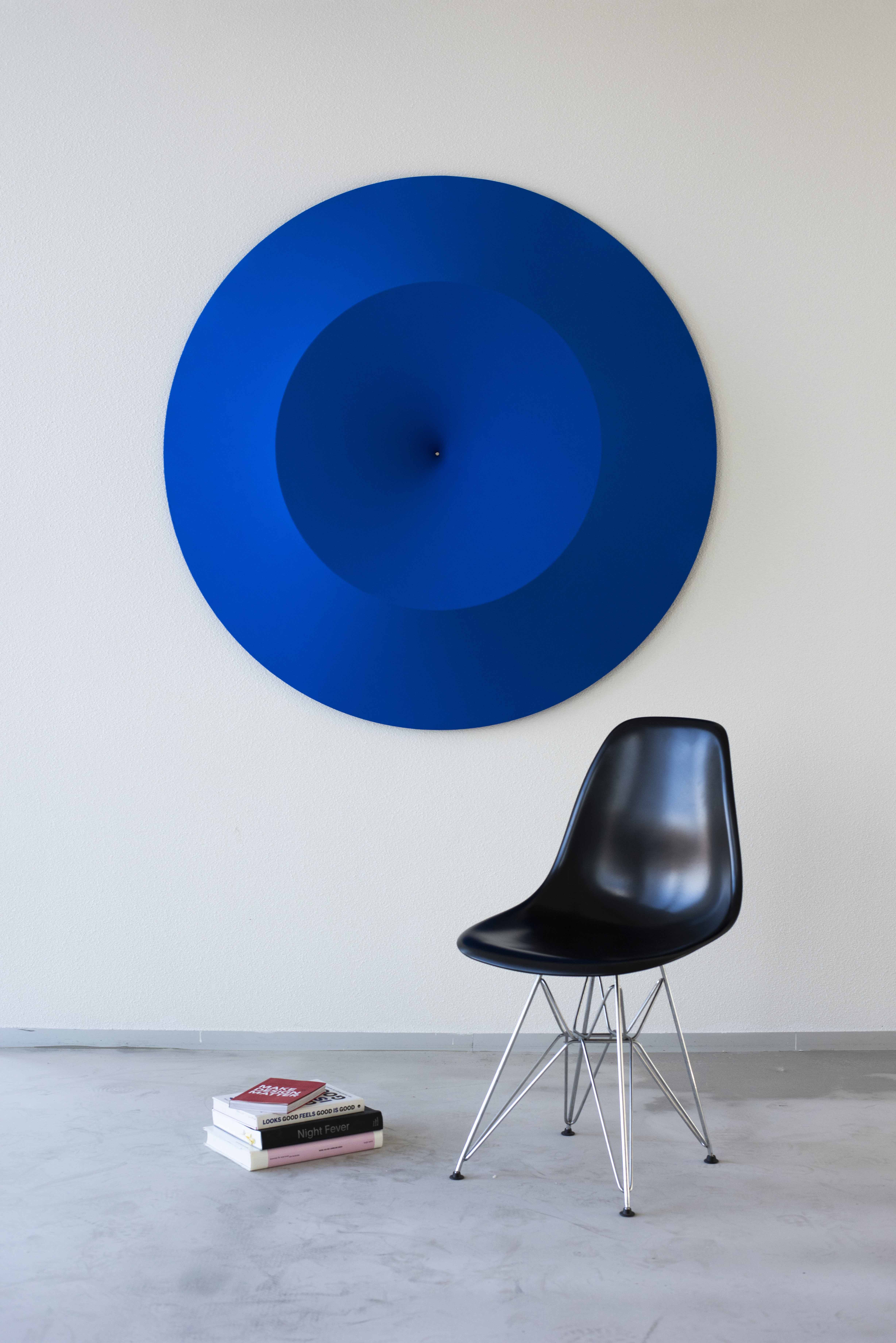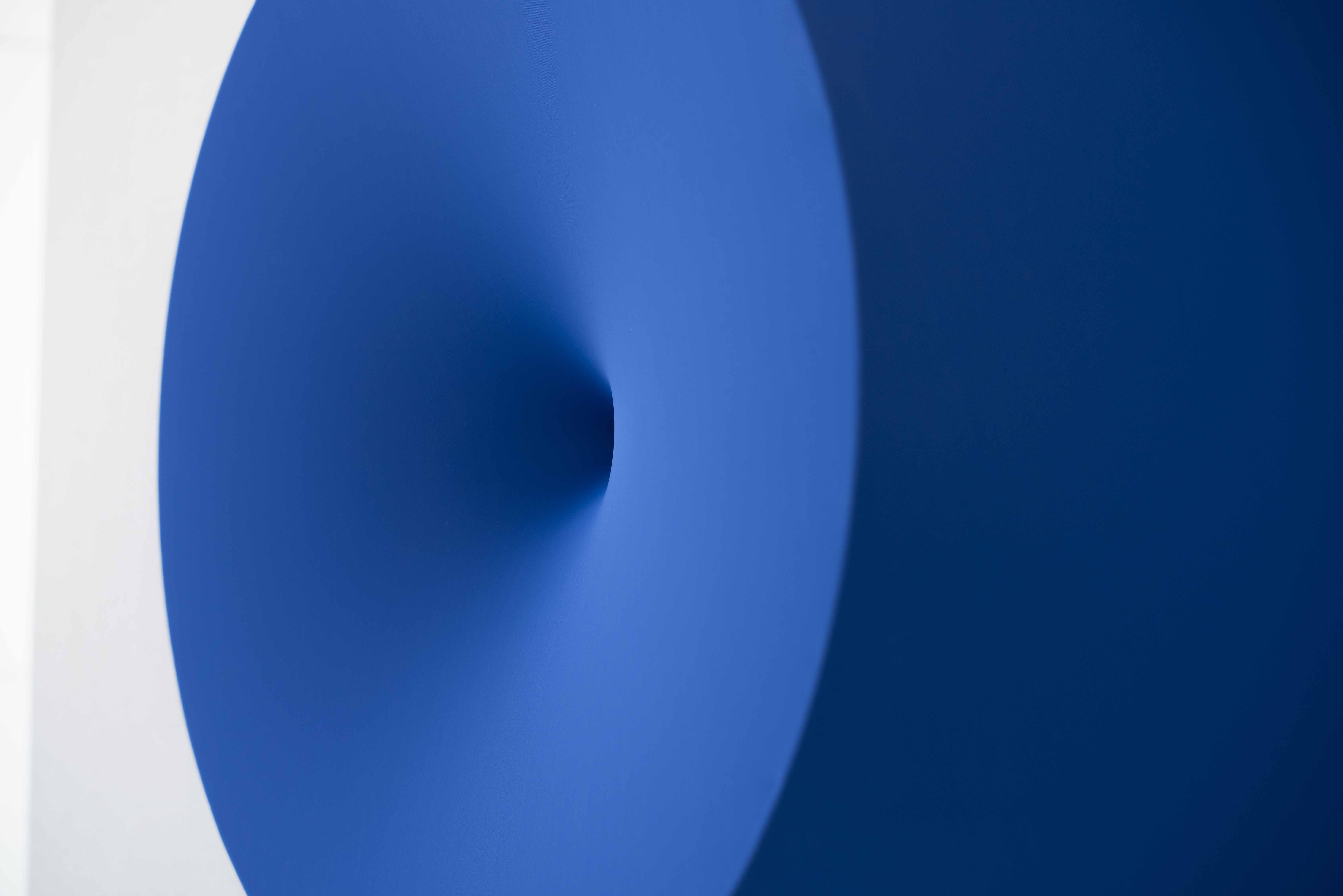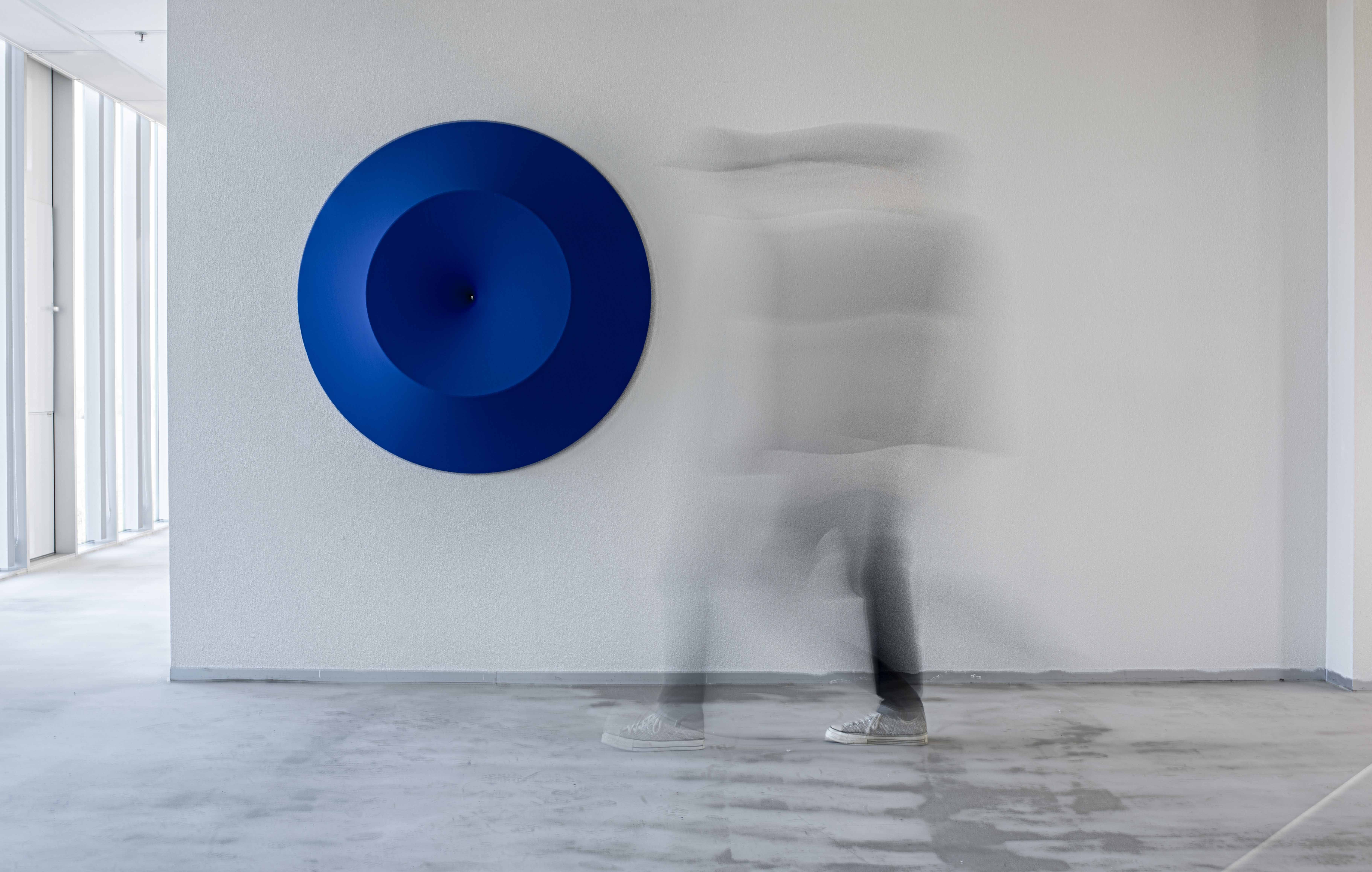Club architecture focuses on the performance of the DJ. The DJ is the star, and the visitors are the audience all concentrating on the booth and not so much on each other. Choosing a club is very specific so, by default, its audience has a lot in common, even if strangers. Club Folk is aimed at triggering random interaction between dancers, excluding them from the bigger crowd and acknowledging each other’s existence. The architectural intervention is made through a light-installation, contrasting with the clubs dark appearance.
Club Folk addresses the way we think about clubbing, letting go of old structures and putting the focus back on the dancers.













